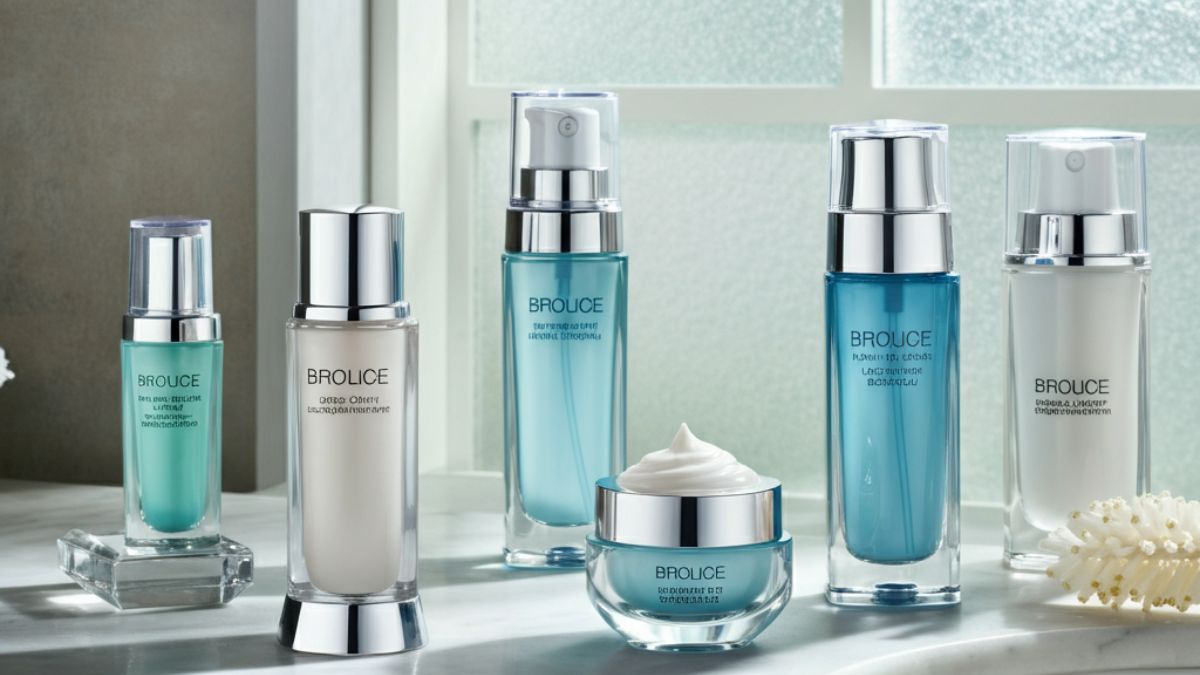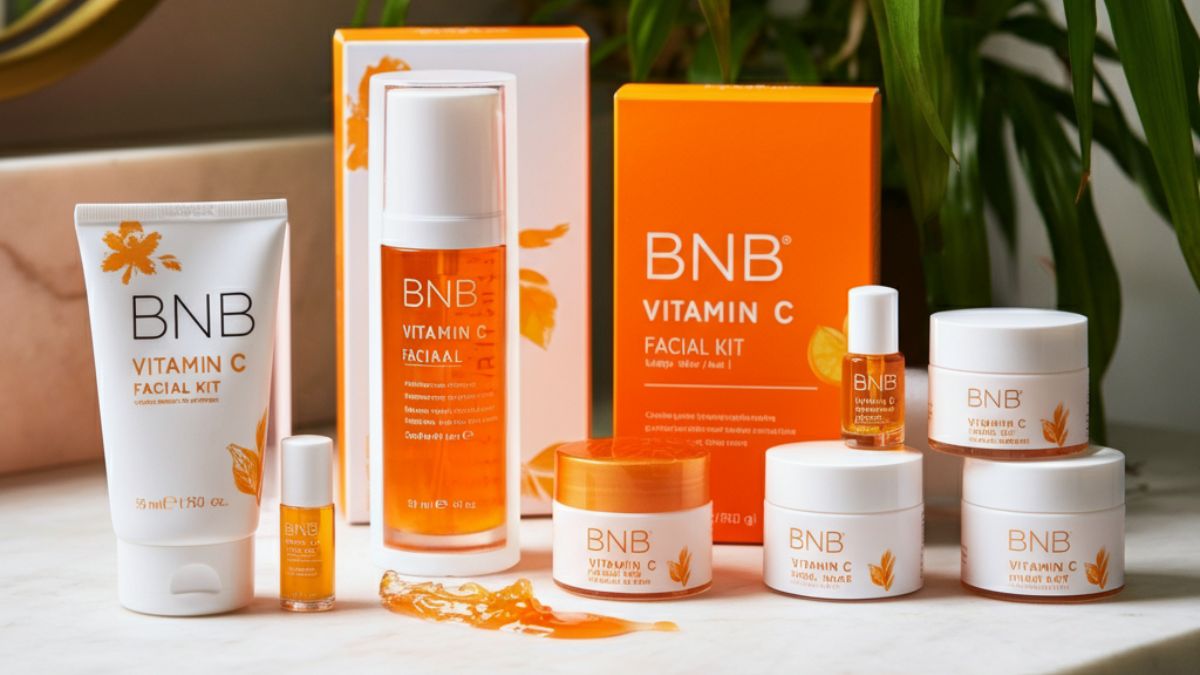Your face is the first thing people notice about you, and healthy skin can boost both your confidence and overall well-being. Yet with countless products, conflicting advice, and ever-changing beauty trends, maintaining facial skin health can feel overwhelming. The good news? Achieving radiant, healthy skin doesn’t require expensive treatments or complicated routines—it starts with understanding your skin and implementing consistent, science-backed practices.
This comprehensive guide will walk you through everything you need to know about facial skin health, from identifying your skin type to building an effective routine that delivers real results. You’ll discover the fundamental steps that dermatologists recommend, learn about common mistakes that might be sabotaging your efforts, and understand how lifestyle factors impact your complexion.
Understanding Your Skin Type
Before diving into products and routines, identifying your skin type is crucial for making informed decisions about facial care. Your skin type determines how your skin produces oil, reacts to products, and responds to environmental factors.
Normal Skin
Normal skin maintains a balanced moisture level without excessive oiliness or dryness. Pores appear small to medium-sized, and the skin feels comfortable throughout the day. People with normal skin typically experience fewer breakouts and skin reactions.
Oily Skin
Oily skin produces excess sebum, particularly in the T-zone (forehead, nose, and chin). This skin type often appears shiny, especially by midday, and may be prone to enlarged pores and acne breakouts. However, oily skin tends to age more slowly due to its natural moisture barrier.
Dry Skin
Dry skin produces insufficient natural oils, leading to tightness, flakiness, and sometimes rough patches. This skin type may appear dull and feel uncomfortable, especially after cleansing. Fine lines may be more visible due to lack of moisture.
Combination Skin
Combination skin features different characteristics across various facial zones. Typically, the T-zone is oily while the cheeks remain normal to dry. This skin type requires targeted care for different areas of the face.
Sensitive Skin
Sensitive skin reacts easily to products, weather changes, or environmental factors. Reactions may include redness, burning, stinging, or breakouts. This skin type requires gentle, fragrance-free products with minimal ingredients.
The Essential Facial Skincare Routine
A consistent daily routine forms the foundation of healthy facial skin. The key is simplicity and regularity rather than using numerous products.
Morning Routine
Gentle Cleansing
Start each day with a mild cleanser appropriate for your skin type. Oily skin benefits from gel or foam cleansers, while dry skin responds well to cream or oil-based cleansers. Avoid harsh scrubbing, which can irritate the skin and trigger increased oil production.
Moisturizing
Even oily skin needs moisture. Choose lightweight, non-comedogenic moisturizers for oily skin, and richer formulas for dry skin. Moisturizers help maintain your skin’s protective barrier and prevent moisture loss throughout the day.
Sun Protection
Sunscreen is non-negotiable for healthy facial skin. Apply broad-spectrum SPF 30 or higher every morning, regardless of weather conditions. UV damage is the leading cause of premature aging, dark spots, and skin cancer.
Evening Routine
Deep Cleansing
Evening cleansing removes makeup, sunscreen, pollution, and accumulated oils from the day. Consider double cleansing if you wear makeup or heavy sunscreen—start with an oil-based cleanser, followed by your regular gentle cleanser.
Treatment Products
Evening is the ideal time for active ingredients like retinoids, vitamin C, or exfoliating acids. These ingredients can make your skin more sensitive to sunlight, making nighttime application safer and more effective.
Night Moisturizer
Your skin repairs itself while you sleep, making nighttime moisturizing crucial. Night creams are typically richer than day moisturizers, providing intensive hydration and supporting the skin’s natural renewal process.
Key Ingredients for Facial Skin Health
Understanding beneficial skincare ingredients helps you make informed product choices and avoid unnecessary additives.
Vitamin C
This powerful antioxidant protects against environmental damage, brightens the complexion, and stimulates collagen production. Look for stable forms like magnesium ascorbyl phosphate or sodium ascorbyl phosphate.
Retinoids
Vitamin A derivatives accelerate cell turnover, reduce fine lines, and improve skin texture. Start with lower concentrations and gradually increase usage to avoid irritation.
Hyaluronic Acid
This humectant can hold up to 1,000 times its weight in water, making it excellent for hydrating all skin types without feeling heavy or greasy.
Niacinamide
Also known as vitamin B3, niacinamide regulates oil production, minimizes pore appearance, and reduces inflammation. It’s well-tolerated by most skin types, including sensitive skin.
Chemical Exfoliants
Alpha hydroxy acids (AHAs) like glycolic acid and beta hydroxy acids (BHAs) like salicylic acid gently remove dead skin cells, revealing brighter, smoother skin underneath.
Lifestyle Factors Affecting Facial Skin
Your daily habits significantly impact your skin’s health and appearance, often more than the products you use.
Diet and Hydration
What you eat and drink directly affects your skin. Antioxidant-rich foods like berries, leafy greens, and fatty fish support skin health from within. Adequate water intake maintains skin moisture and helps flush out toxins.
Limit processed foods, excessive sugar, and dairy products, which may trigger inflammation and breakouts in some people. Focus on a balanced diet rich in vitamins, minerals, and healthy fats.
Sleep Quality
During sleep, your skin undergoes repair and regeneration. Aim for seven to nine hours of quality sleep nightly. Poor sleep can lead to increased stress hormones, which may trigger breakouts and accelerate aging.
Consider using a silk or satin pillowcase to reduce friction on your facial skin and prevent hair tangling.
Stress Management
Chronic stress elevates cortisol levels, which can increase oil production, trigger inflammation, and worsen existing skin conditions. Incorporate stress-reduction techniques like meditation, exercise, or hobbies into your daily routine.
Exercise Benefits
Regular physical activity improves circulation, delivering oxygen and nutrients to skin cells. Exercise also helps manage stress and promotes better sleep. Always cleanse your face after exercising to remove sweat and prevent pore blockage.
Common Mistakes to Avoid
Many people unknowingly sabotage their skincare efforts through well-intentioned but counterproductive practices.
Over-Cleansing
Washing your face more than twice daily or using harsh cleansers can strip your skin’s natural oils, leading to irritation and increased oil production. Stick to gentle cleansing morning and night.
Product Overload
Using too many active ingredients simultaneously can overwhelm your skin and cause irritation. Introduce new products gradually and pay attention to how your skin responds.
Inconsistent Routine
Sporadic skincare habits prevent you from seeing real improvements. Consistency is more important than using expensive products occasionally.
Ignoring Sunscreen
Skipping sunscreen negates the benefits of your entire skincare routine. UV exposure causes immediate and cumulative damage that’s difficult to reverse.
When to Seek Professional Help
While a good home routine addresses most skin concerns, certain conditions require professional intervention.
Consult a dermatologist if you experience persistent acne, unusual skin changes, severe reactions to products, or skin conditions that don’t improve with over-the-counter treatments. Professional treatments like chemical peels, microdermabrasion, or prescription medications can address specific concerns more effectively than home care alone.
Building Your Path to Healthy Skin
Achieving healthy facial skin is a journey that requires patience, consistency, and self-awareness. Start with the basics—gentle cleansing, moisturizing, and sun protection—then gradually incorporate additional products based on your specific needs and skin responses.
Remember that visible improvements take time, typically four to six weeks of consistent routine before you notice significant changes. Keep a skin journal to track what works for your unique skin type, and don’t hesitate to adjust your routine as your skin’s needs change with seasons, age, or life circumstances.
Your skin is unique, and what works for others may not work for you. Focus on building sustainable habits rather than chasing quick fixes, and celebrate small improvements along the way. With dedication and the right approach, healthy, radiant facial skin is absolutely achievable.










